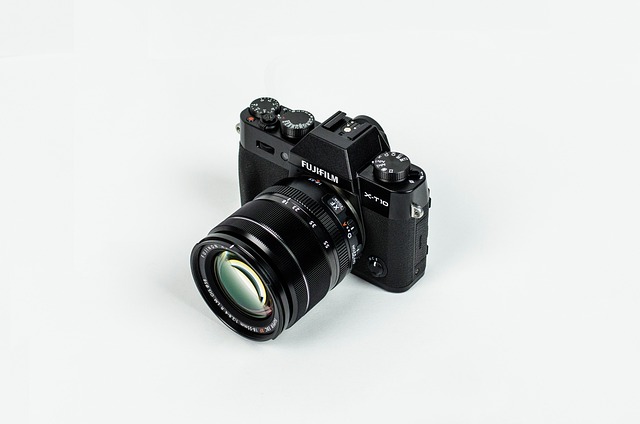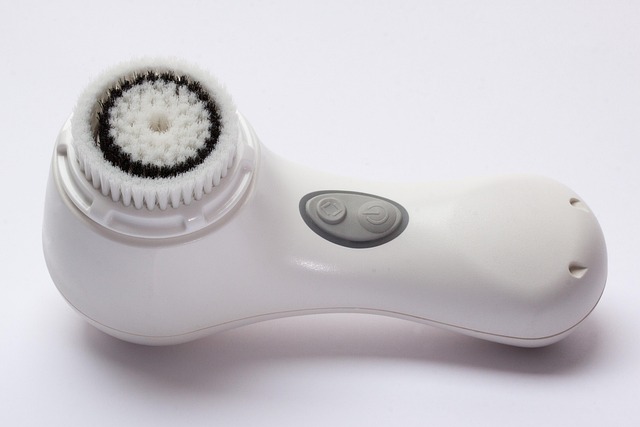Skin tags, caused by genetics and friction, can be removed safely with advanced technology like lasers and topical creams, offering precise, minimal-risk alternatives to traditional methods. At-home remedies using natural ingredients are also popular. This guide focuses on advanced skin tag removal technology for permanent solutions, emphasizing sterile practices, various methods (e.g., duct tape, cryotherapy), step-by-step procedures, and post-treatment care. Professionals in regions like Bradford, Bristol, and Leeds provide expert guidance for long-term results.
Skin tags, those small, soft growths on the skin, are common but many seek ways to remove them permanently. This comprehensive guide explores effective methods beyond traditional excision. We delve into natural home remedies and introduce advanced technologies like lasers and topical treatments for lasting results. Learn about understanding skin tags, their causes, and various removal techniques, including a DIY step-by-step guide. Discover long-term solutions with our expert insights on advanced skin tag removal technology.
- Understanding Skin Tags: Causes and Types
- Traditional Removal Methods: Safe and Effective?
- Exploring Home Remedies: Natural Approaches
- Advanced Technology: Laser and Topical Treatments
- DIY Skin Tag Removal: Step-by-Step Guide
- Preventing Regrowth: Long-Term Solutions
Understanding Skin Tags: Causes and Types

Skin tags, also known as acrochordons, are small, soft lumps that can appear on various parts of the body, most commonly in areas where skin rubs against itself, such as the neck, armpits, or groin. They are typically harmless and often painless but can be unsightly and cause discomfort for some individuals. Understanding their causes and types is an essential first step in contemplating removal methods, including advanced skin tag removal technology now available at private clinics like Blackburn Skin Tag Clinic and Bradford’s leading dermatology centres.
There are several factors that contribute to the development of skin tags, with the primary one being genetics. Certain individuals are more predisposed to developing them due to their body’s natural structure and skin composition. Additionally, skin tags can be associated with certain conditions like diabetes or obesity, as well as hormonal changes during pregnancy. They can also occur as a result of friction or irritation from clothing, making private skin tag removal treatments even more appealing for those seeking discreet solutions, as offered by specialist clinics in the region, including Gloucester’s top dermatology services.
Traditional Removal Methods: Safe and Effective?

Traditional methods for removing skin tags have been around for centuries, with various techniques employed across different cultures. These range from cutting or burning them off with a hot needle or scissors to applying harsh chemicals or even home remedies like duct tape. While some of these practices might offer temporary relief, they often fall short in terms of safety and effectiveness. Many traditional methods can lead to scarring, infection, or even pain, especially when carried out improperly.
In recent years, advancements in skin tag removal technology have emerged, offering safer alternatives for those seeking permanent solutions. These modern techniques, including laser treatments and advanced topical creams, are now widely available at reputable dermatological clinics, such as Bolton Skin Tag Clinic, Skin Tag Removal Preston, and Skin Tag Removal Nottingham. Compared to older methods, these state-of-the-art approaches provide more precise control over the removal process, minimizing discomfort and risk of complications while delivering better long-term results.
Exploring Home Remedies: Natural Approaches

Many people opt for at-home remedies when it comes to removing skin tags, preferring a natural approach over more invasive methods. While professional treatments like those offered in Bristol or Colchester might be effective, some are looking for long-lasting results with advanced skin tag removal technology that they can use from the comfort of their homes.
The latest advancements in skin tag removal offer safe and non-invasive alternatives. Ingredients like apple cider vinegar, tea tree oil, and duct tape have gained popularity due to their potential to soften and eventually remove skin tags. These natural remedies are accessible, affordable, and often preferred by those seeking a more gradual or holistic approach to skincare.
Advanced Technology: Laser and Topical Treatments

In recent years, advancements in skincare technology have brought about highly effective methods for permanent skin tag removal, offering a range of options beyond traditional surgical excision. Among these, laser treatments and topical applications stand out as leading advanced skin tag removal technologies. Laser therapy utilizes targeted light beams to break down the skin tags’ tissue, promoting their gradual disappearance over time. This method is non-invasive, minimizing recovery time and leaving minimal scars compared to conventional surgery.
Topical treatments, meanwhile, often incorporate active ingredients like folic acid, which has been shown to facilitate the body’s natural process of eliminating skin tags. These over-the-counter options provide a more accessible and private alternative, such as those available for skin tag removal Bolton or private treatment in Wolverhampton. By combining these advanced technologies, individuals can now achieve permanent skin tag removal in the comfort of their homes, addressing this common skin concern with modern, efficient solutions.
DIY Skin Tag Removal: Step-by-Step Guide

If you’re looking for a permanent solution to get rid of those pesky skin tags at home, you’ve come to the right place. While many over-the-counter options exist, some people prefer a DIY approach using advanced skin tag removal technology. Here’s a simple, step-by-step guide to help you navigate this process safely and effectively:
1. Sterilize Your Tools: Begin by sanitizing all tools or ingredients you’ll be using with alcohol or a reliable antiseptic solution. This crucial step prevents any potential infections during the removal process. For instance, if using a duct tape method—a popular DIY technique—clean and dry your skin tags thoroughly before proceeding.
2. Choose Your Method: There are several at-home methods to consider, each with varying levels of effectiveness and discomfort. These include the duct tape approach (a gentle, adhesive method), cryotherapy (freezing with liquid nitrogen, typically done by professionals but can be replicated at home with proper precautions), or using essential oils like tea tree oil or apple cider vinegar for a natural treatment.
3. Follow Instructions Carefully: Depending on your chosen method, carefully execute the steps involved. For instance, if using duct tape, apply it securely over the skin tag and gently remove after a few days, following up with a clean, dry bandage. Be consistent with this process to ensure complete removal. Remember, advanced skin tag removal technology doesn’t always mean complex; sometimes, simplicity and consistency yield the best results for at-home treatments.
4. Monitor Your Skin: After each treatment, closely observe your skin for any signs of irritation or infection. If you notice redness, swelling, or pain that intensifies, discontinue use immediately and consult a professional like those found in Edinburgh skin tag clinics, Mansfield skin tag removal services, or Rotherham private clinics for alternative solutions.
Preventing Regrowth: Long-Term Solutions

While many at-home methods can effectively remove skin tags, preventing regrowth is a crucial step to ensure long-term results. Unlike quick fixes, advanced skin tag removal technology offers sustainable solutions for those looking to bid farewell to these small growths once and for all.
Consider consulting with a professional skin tag removal clinic in cities like Bradford, Bristol, or Leeds. These experts employ cutting-edge methods, ensuring precise and permanent removal. By understanding the root causes of skin tags and addressing them, you can prevent future regrowth, achieving smoother, clearer skin without the need for repeated treatments.
While there are various methods to remove skin tags, from traditional procedures to advanced skin tag removal technology like lasers and topical treatments, home remedies offer a natural and permanent solution. Combining safety, efficacy, and convenience, these DIY approaches empower individuals to take control of their skin health. After trying the step-by-step guide outlined in this article, it’s essential to maintain long-term results by preventing regrowth. By understanding causes, exploring options, and adopting proactive measures, you can bid farewell to unsightly skin tags for good.
